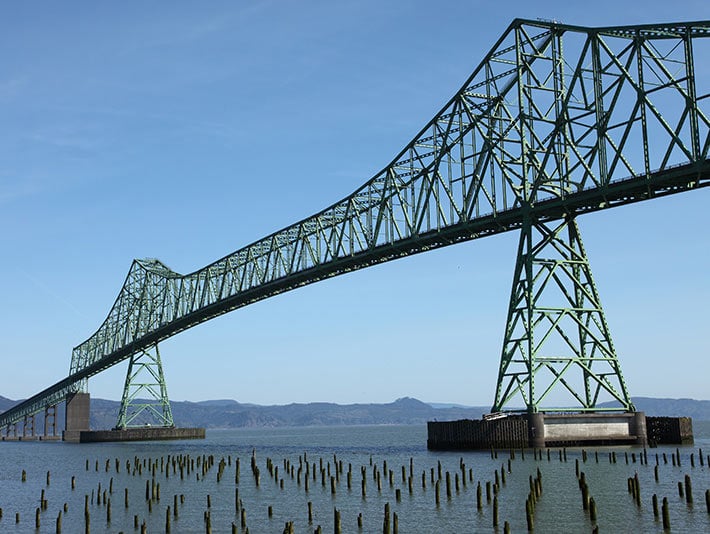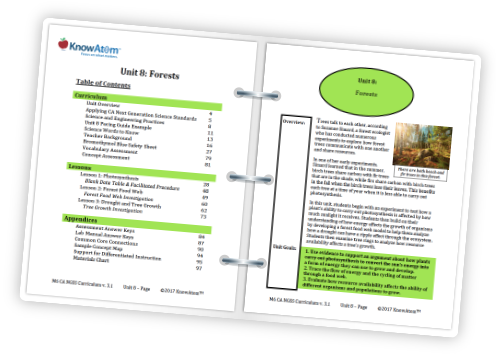
In Unit 1 Gravity and Motion, students investigate the relationship between gravity and motion as they explore the world’s tallest waterslide and roller coaster energy systems.

In Unit 2 Atoms and Molecules, students explore the phenomenon of desert glass formation by investigating the relationship between energy and matter, focusing on the structure and properties of atoms and molecules.
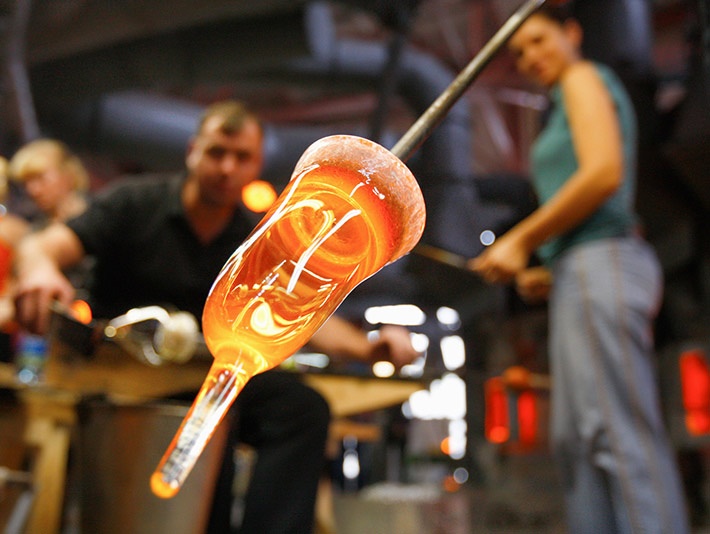
In Unit 3 Satellites, students investigate patterns in the Earth-sun-moon system to explore how gravity pulls objects including satellites into orbit and how artificial satellites use waves to transmit information.
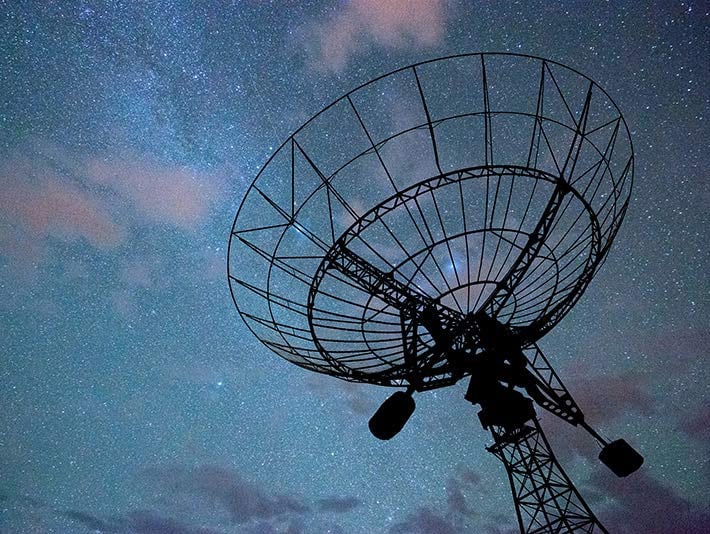
In Unit 4 Climate and Human Activity, students explore how scientists use data from the Aquarius satellite to investigate how the sun powers the global water cycle, which in turn has local impacts that affect regional climates around the world.
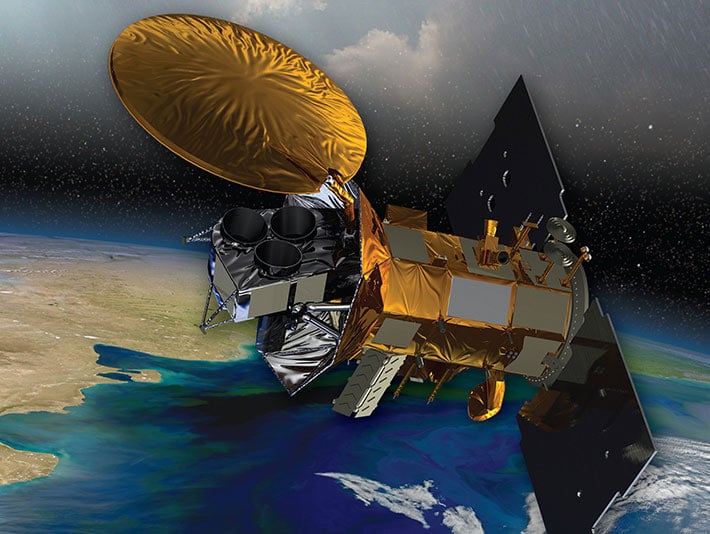
In Unit 5 Landforms, students investigate how the processes of weathering, erosion, and convection in the mantle cycle Earth materials.
.jpg?width=710&name=G6U5_white-mountains_74915972_Subscription_Monthly_XL-(1).jpg)
In Unit 6 Biodiversity, students explore the diversity of life, analyzing how scientists use the fossil record to tell how life has evolved over time.
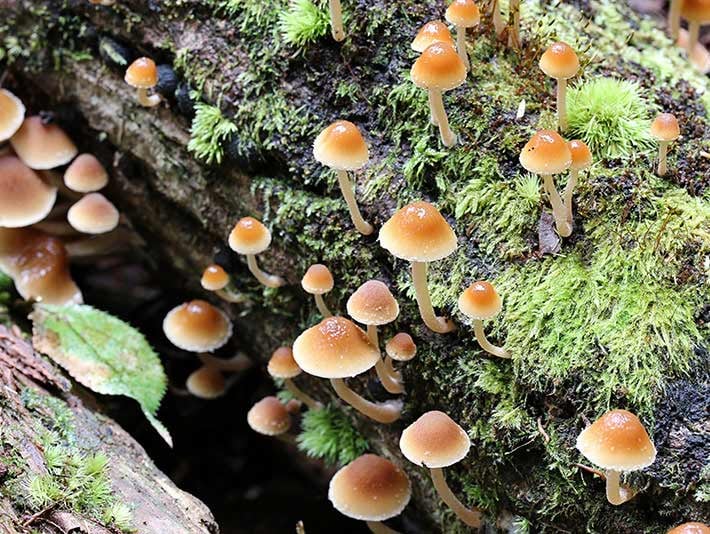
In Unit 7 Cells to Systems, students explore the structure and function of specialized cells, tissues, and organs in complex multicellular organisms.

In Unit 8 Forests, students explore forest ecosystems, studying the interactions between living things and the environment and how resource availability affects the growth of different organisms.
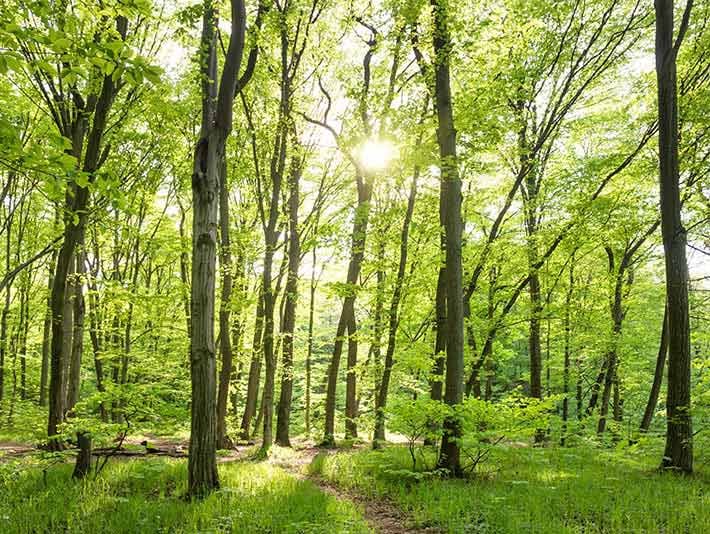
In Unit 9 Civil Engineering, students explore how engineers and architects design structures that help human populations survive and thrive in their environment.
